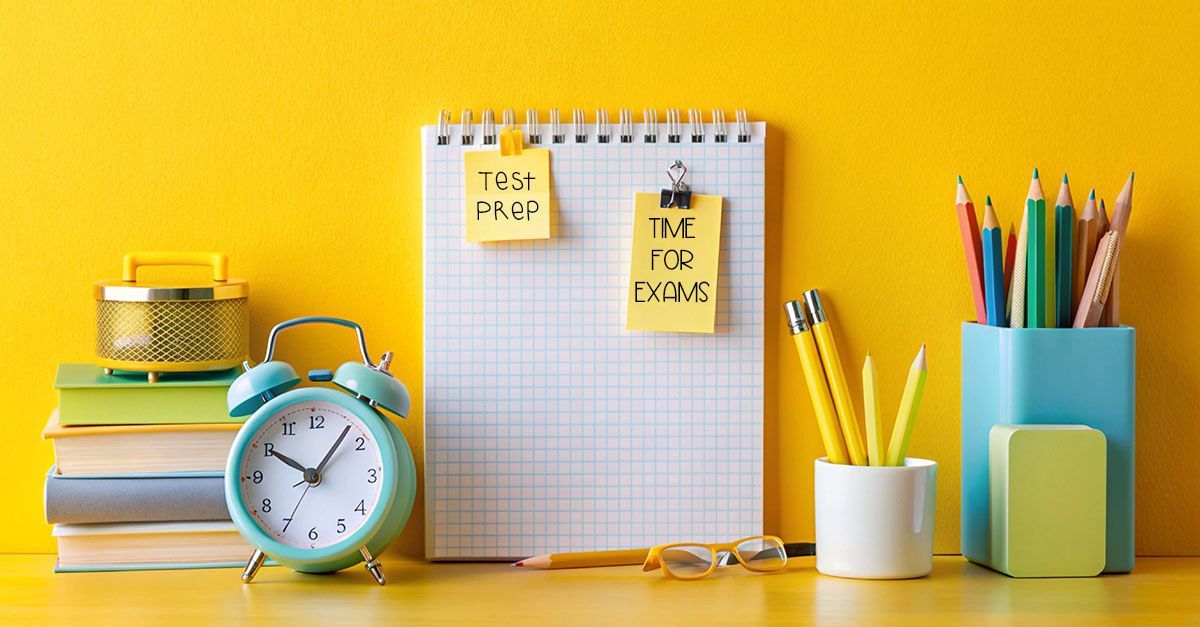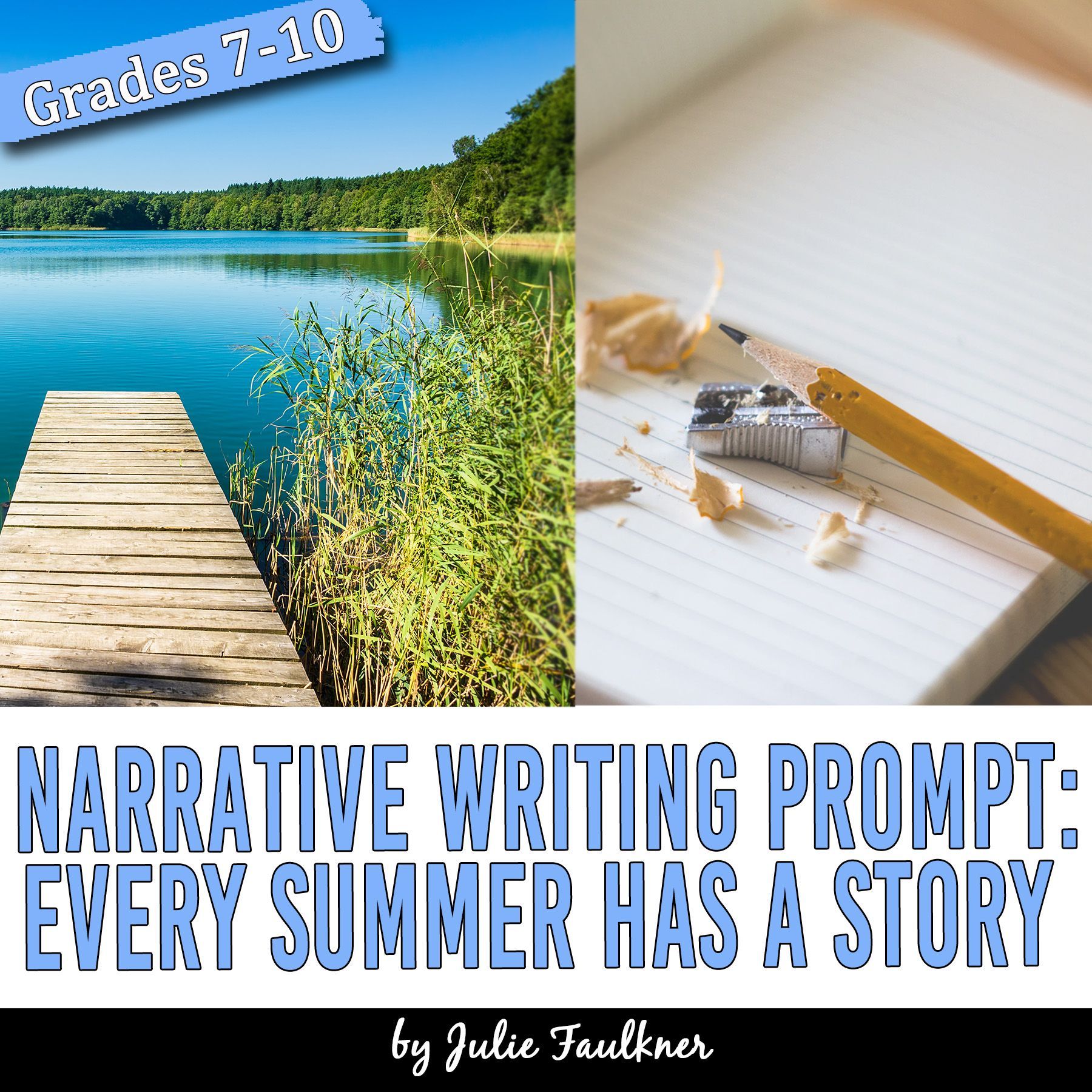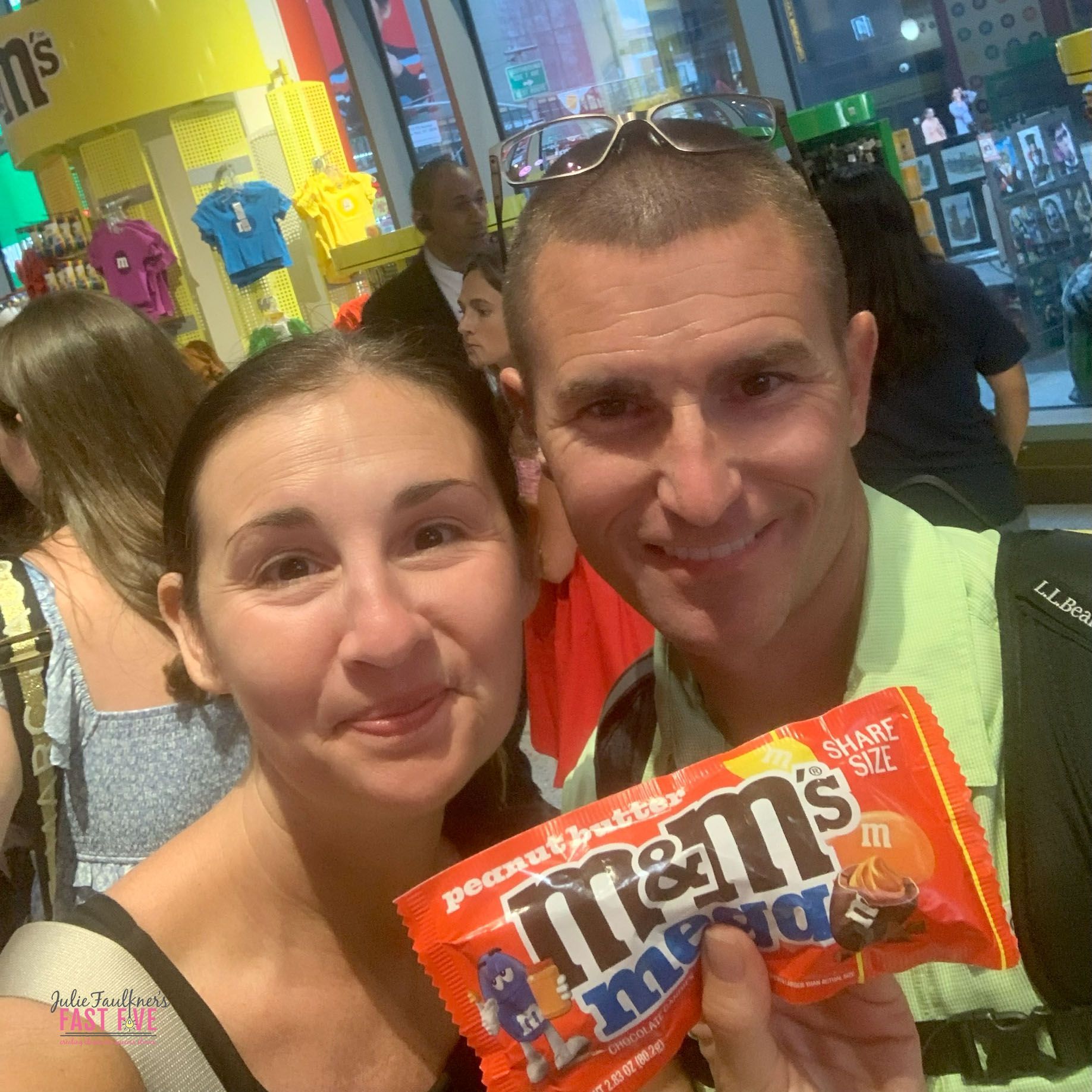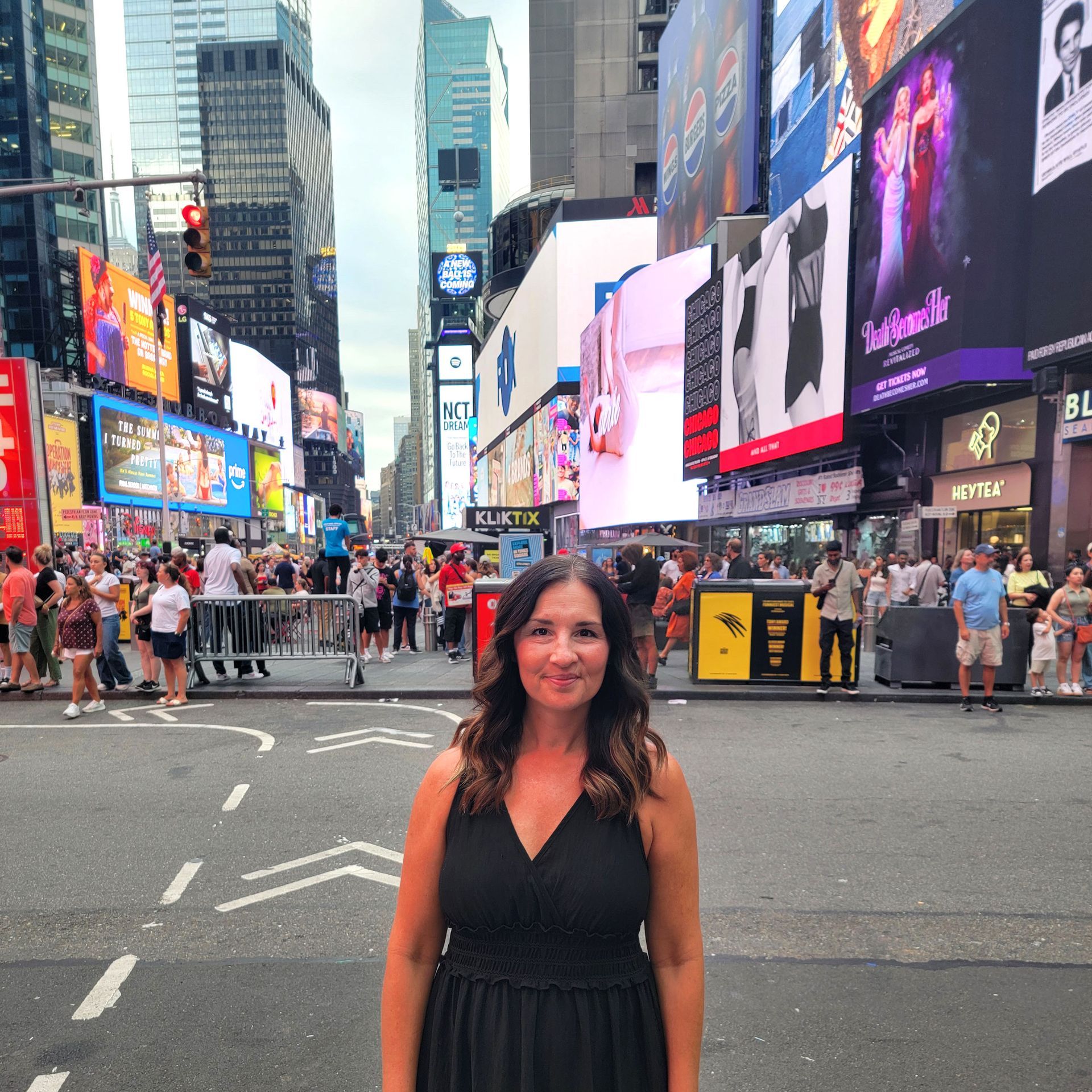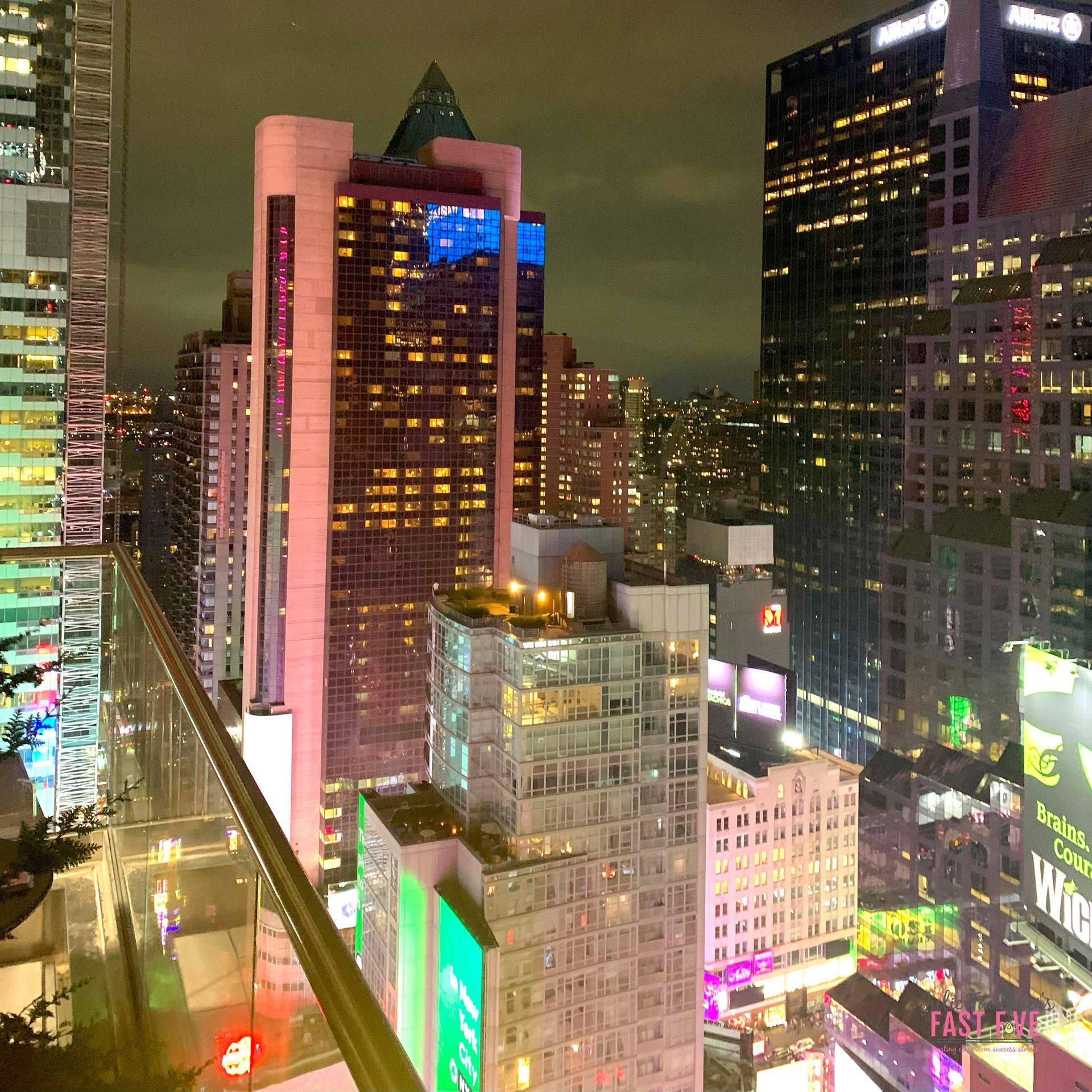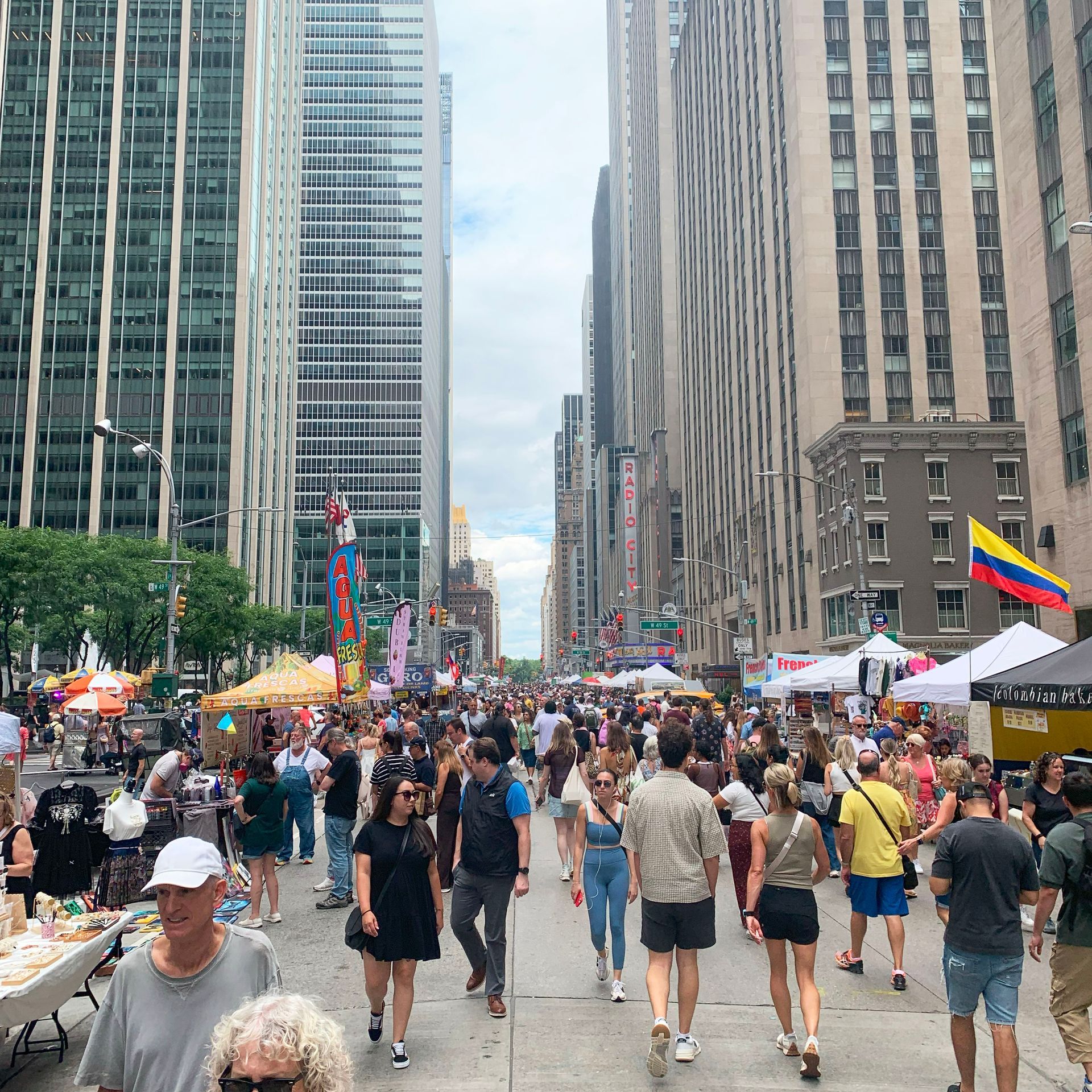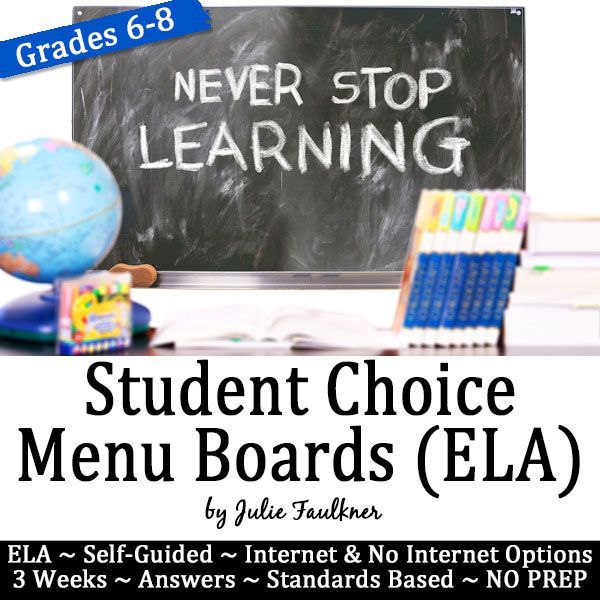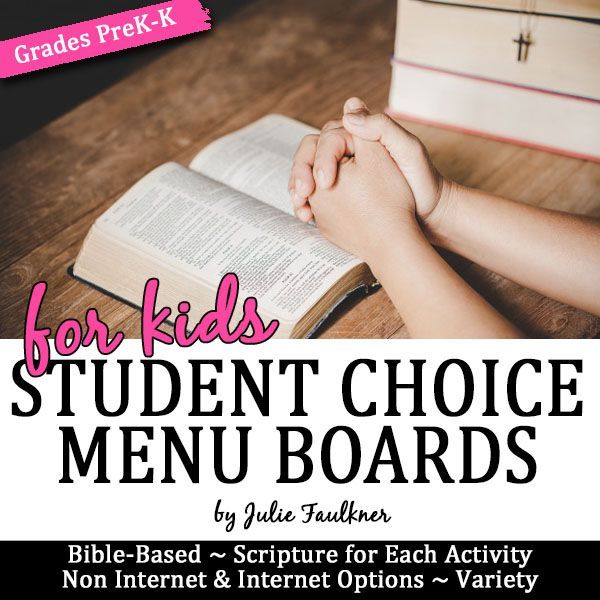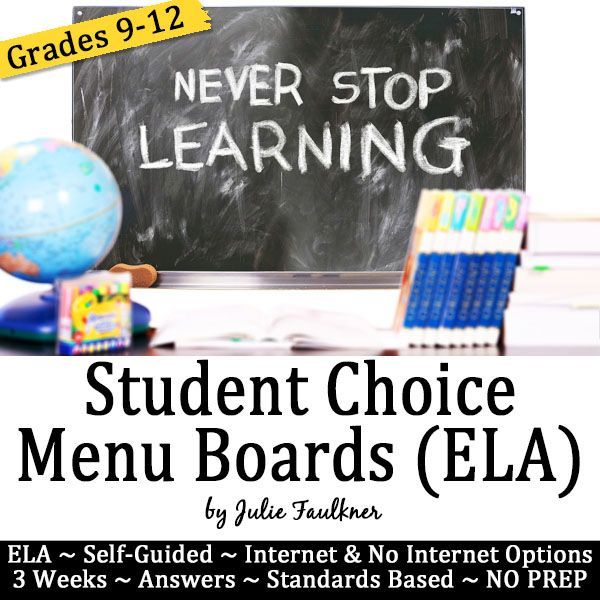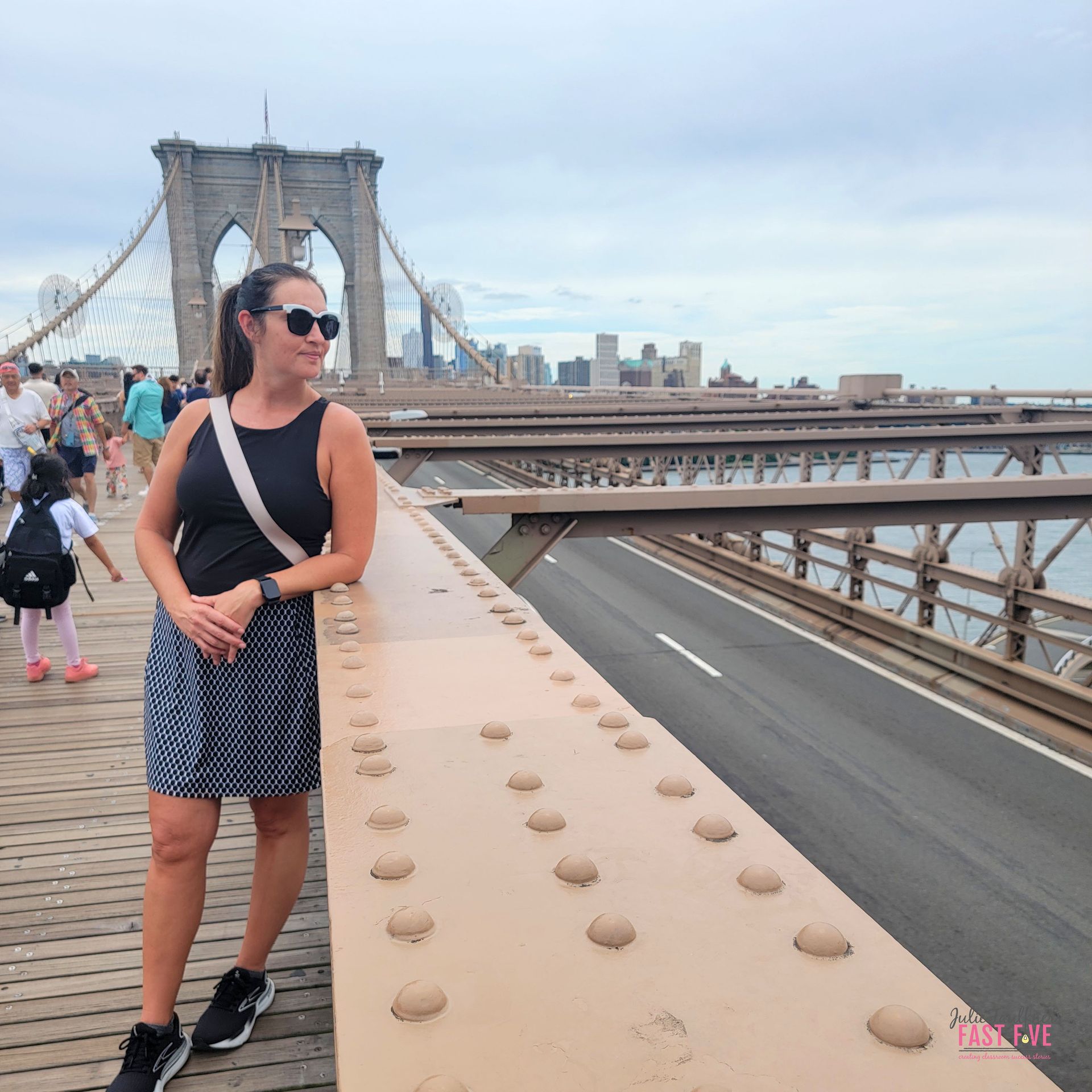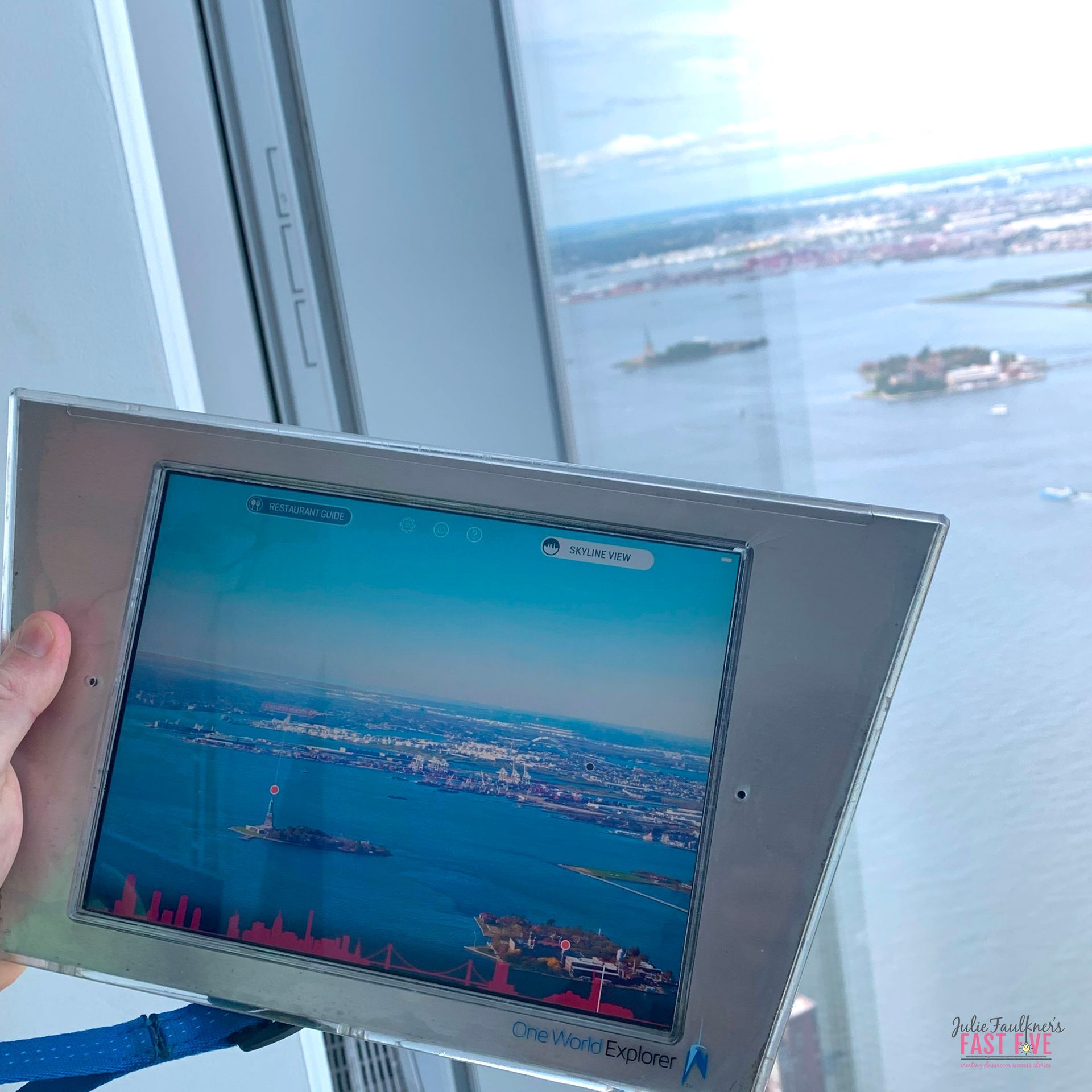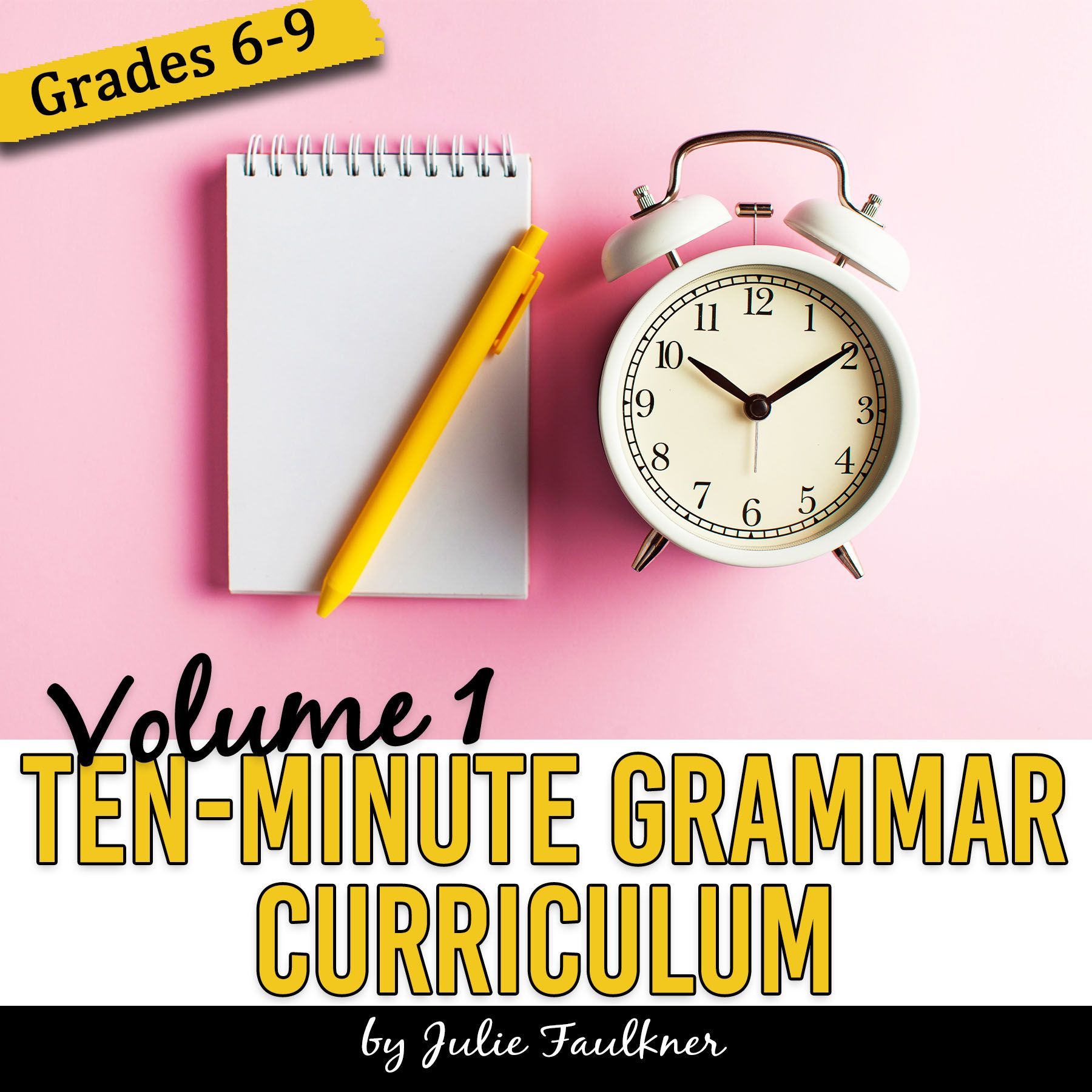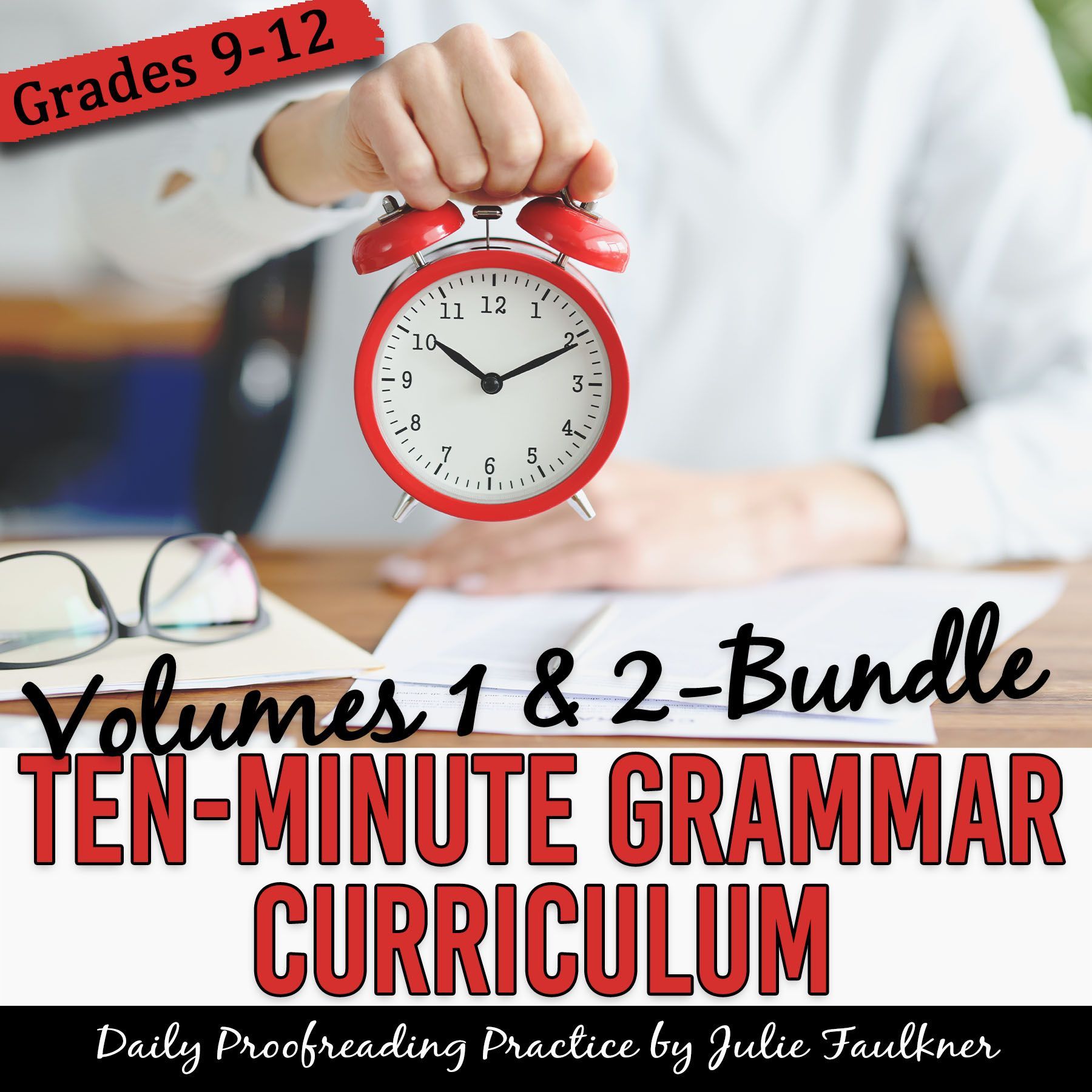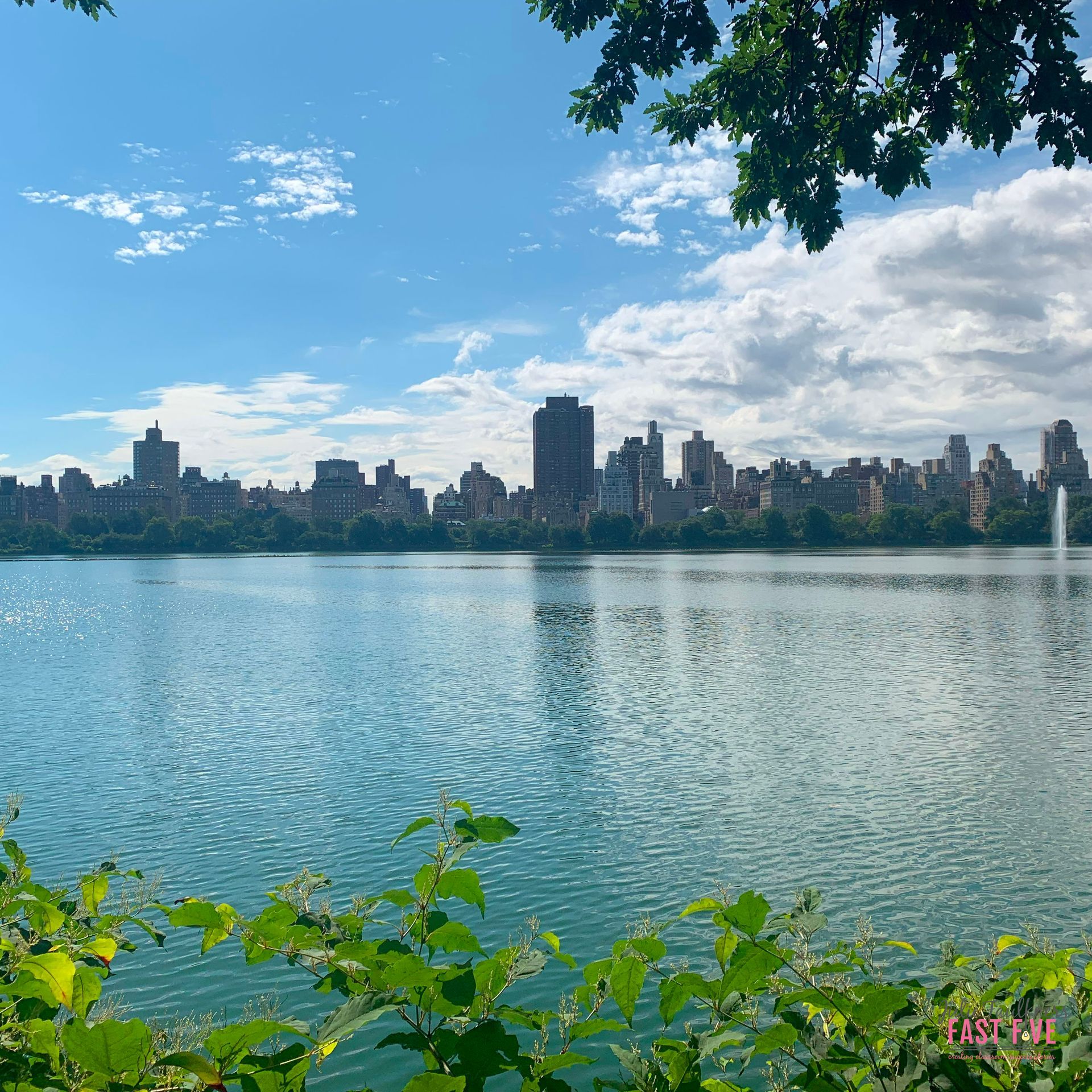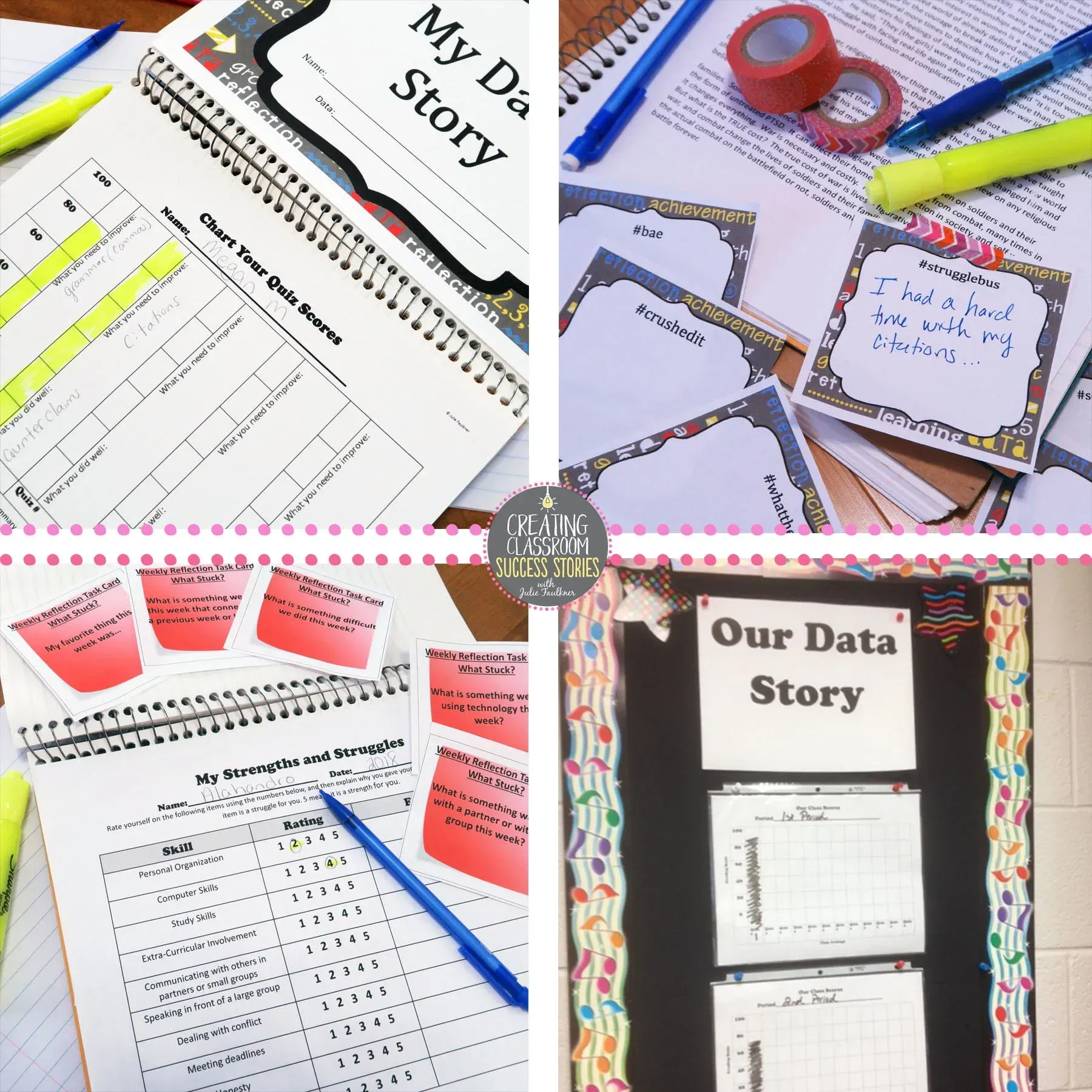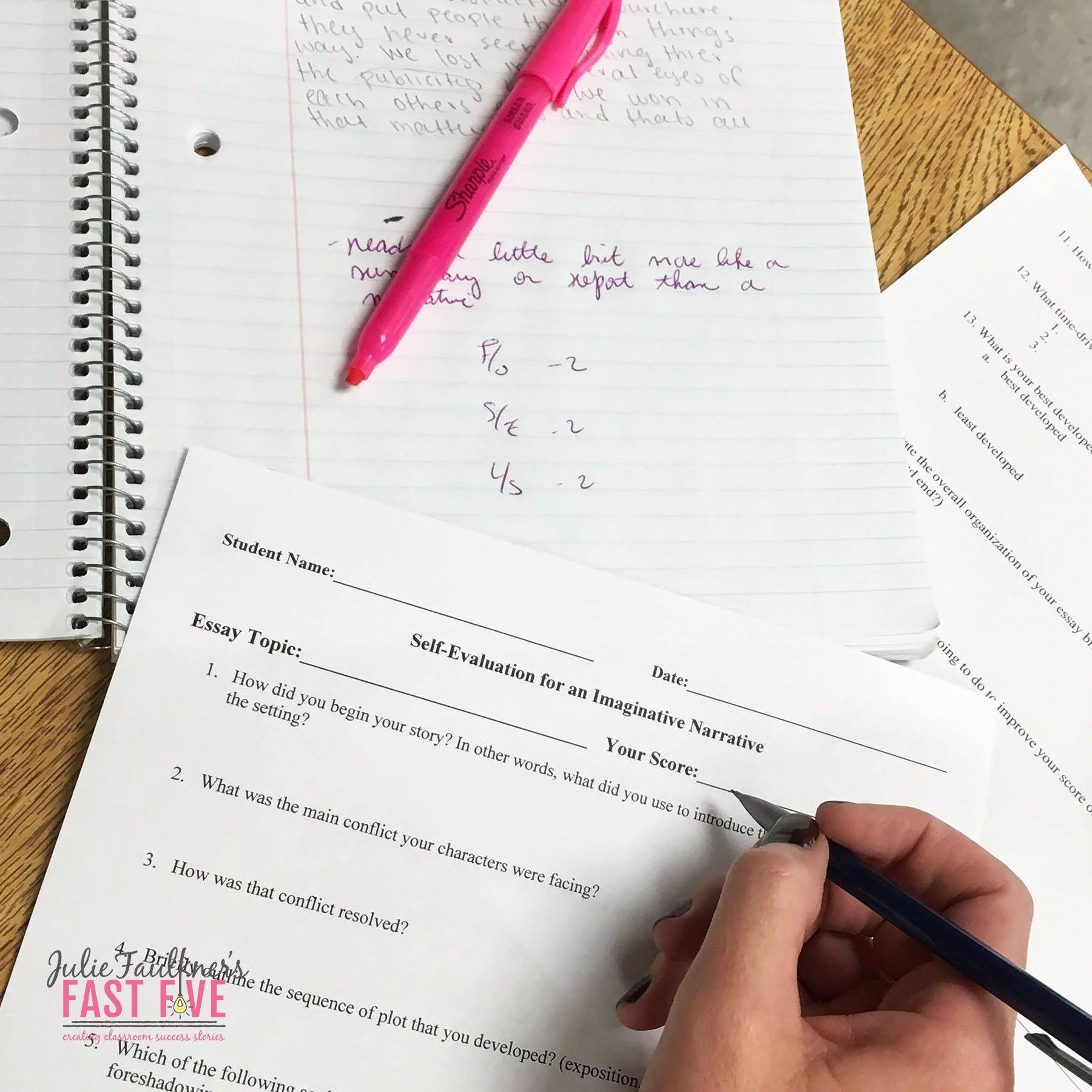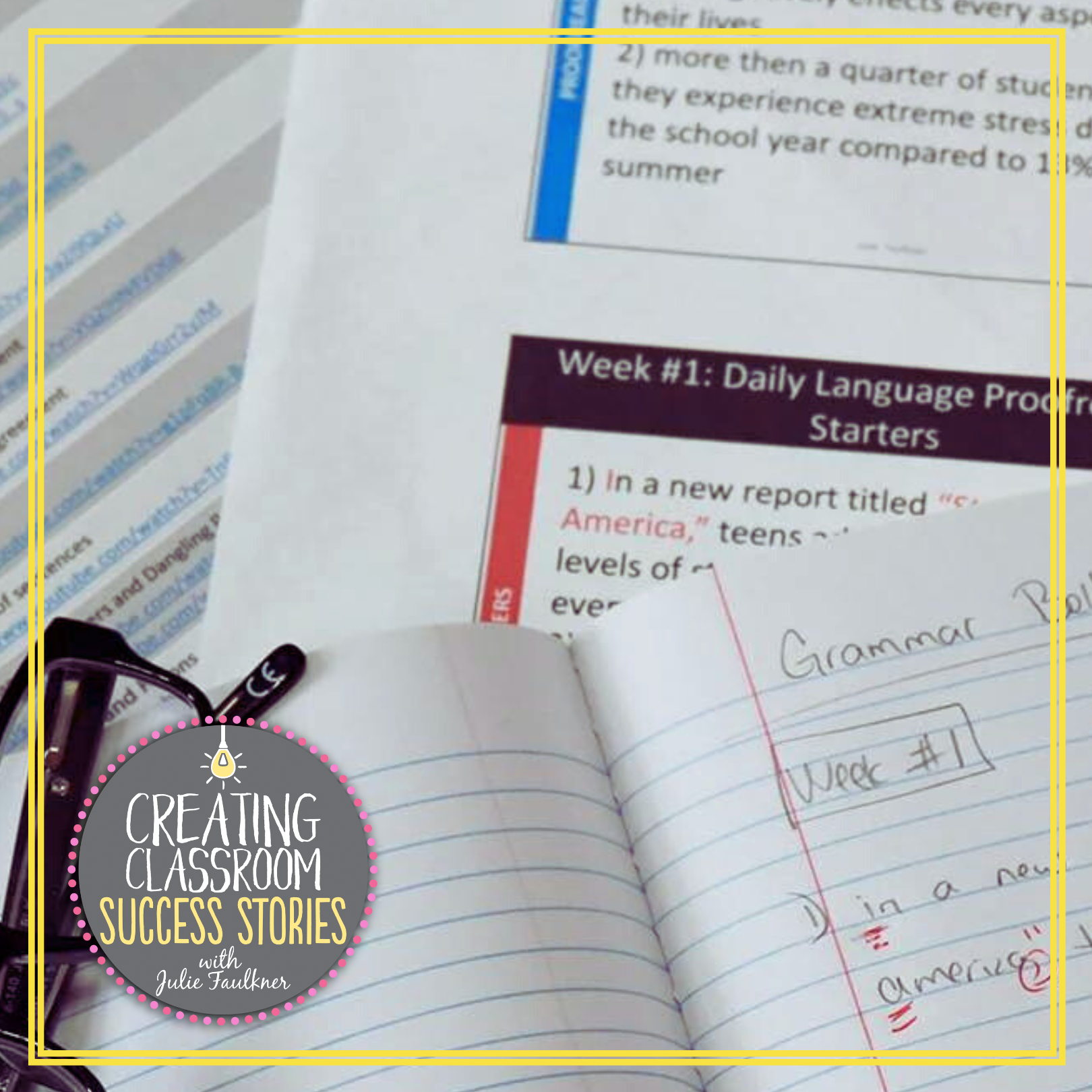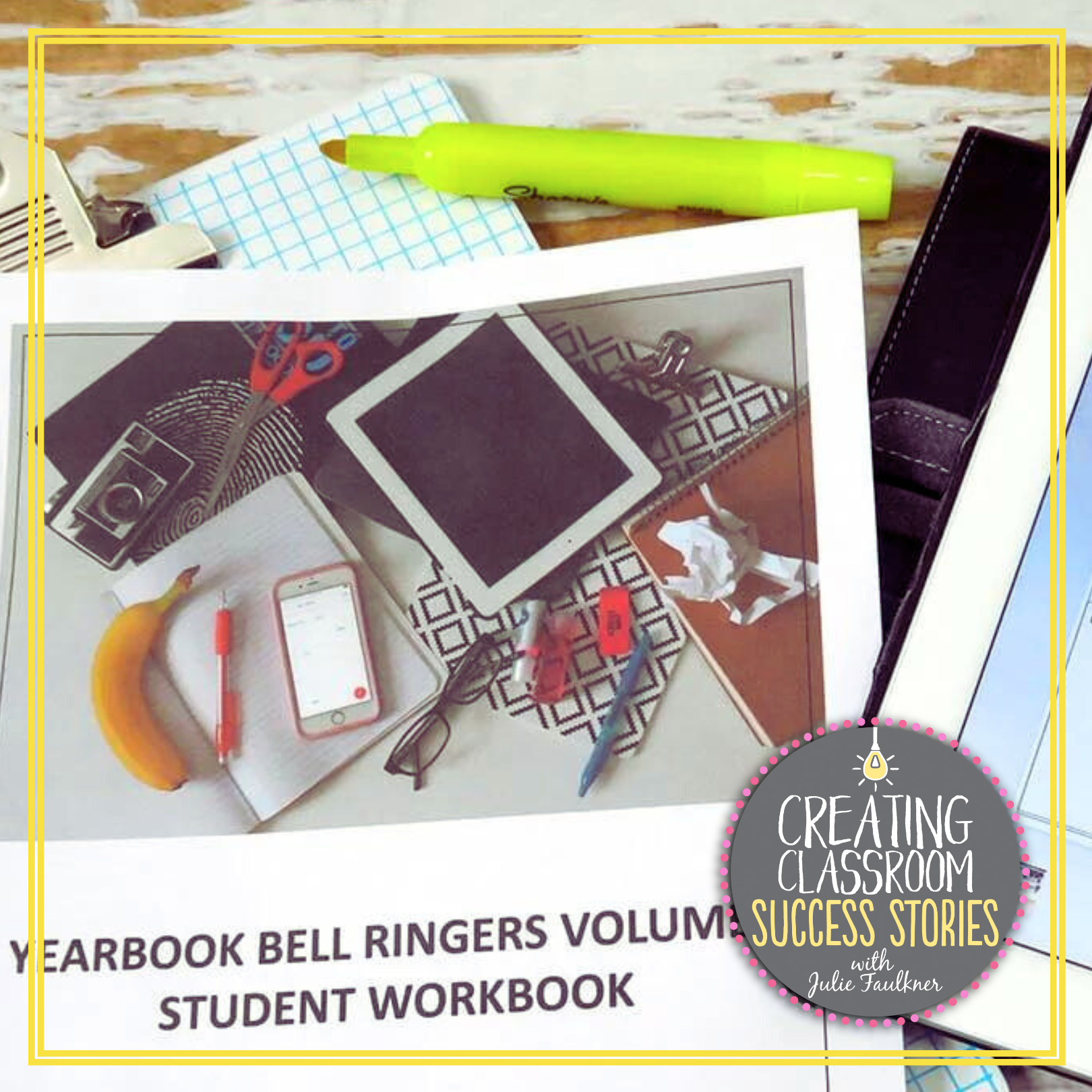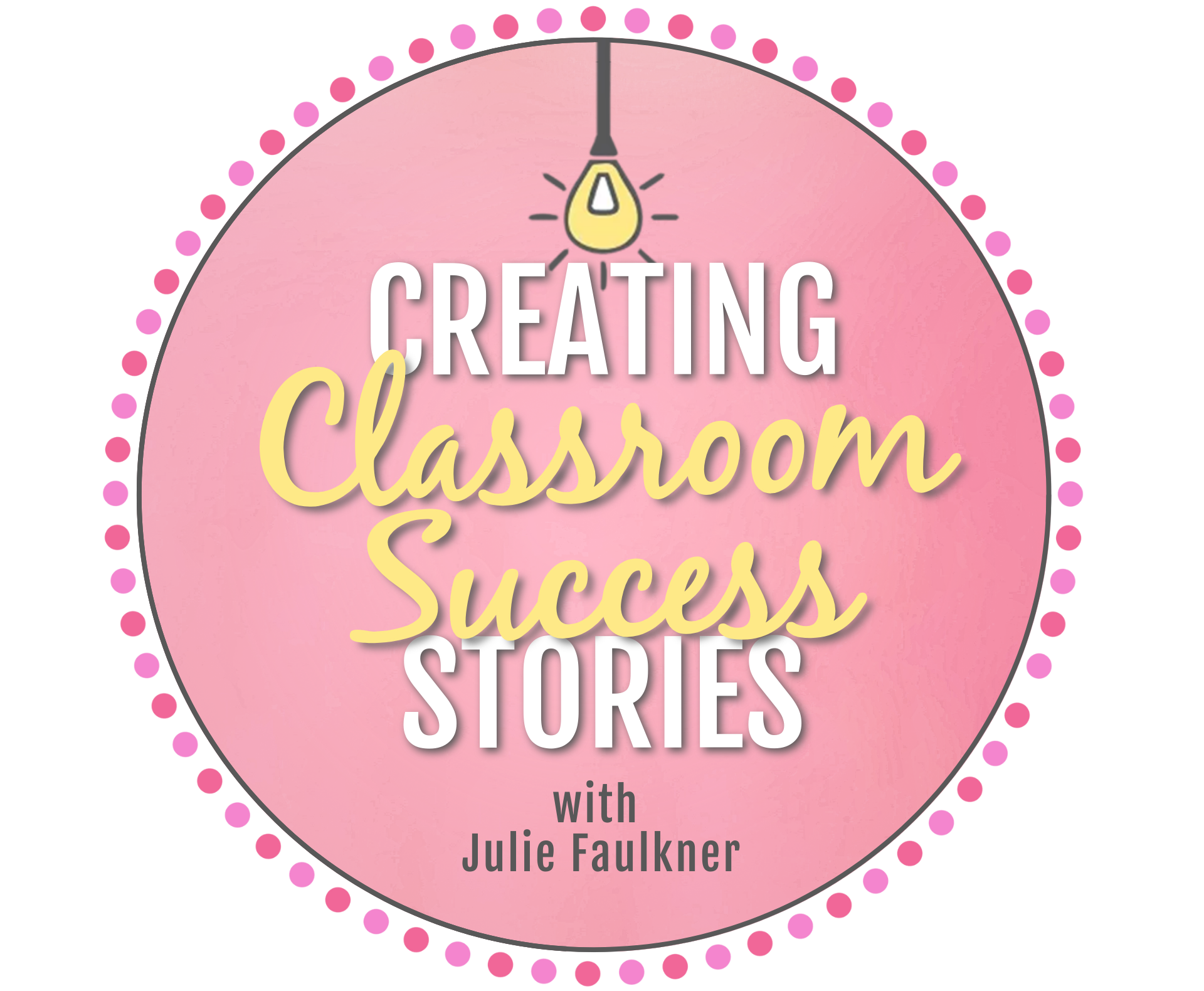5 Classroom Management and Teaching Strategies I Learned from My Trip to New York City
There’s something about New York City that feels like stepping into a pulse. It’s constant motion—lights, sound, culture, and chaos—but somehow it all works. I just spent the weekend wandering its streets, soaking up everything from experiencing The Great Gatsby on Broadway to walking and biking on beautiful bridges, and yes—finding the best gluten-free pizza in Midtown. But if you know me, you know I can’t take a trip without also thinking like a teacher. As we head into back-to-school season, I realized NYC had some surprisingly practical reminders for the classroom: from classroom management and student engagement to how I’m approaching planning and classroom environment this year. Here are five back-to-school teaching strategies inspired by the city that never sleeps.
Celebrate What Makes Everyone Unique—But Still Belonging
Walking through NYC means hearing five languages in five minutes, passing people from every background and identity, and somehow still feeling like you fit in. For me, it's my dietary restrictions: I can't have gluten, and quite a few other foods. So finding incredible gluten-free pizza, sushi, fish and chips, and cheesecake (all the NYC icons) was not only a relief that I wouldn't have to miss out, but I really felt included. In that same way, our students need to feel seen—and served. Occasionally, my southern accent made communicating a little difficult ;), but ultimately, it didn't get in the way of being understood, welcomed, or helped.
That’s what I want for my classroom, too. Every student walks in with his/her own story—cultural background, learning style, personal needs—and I want to create a space where they don’t feel like they have to change who they are to belong. Inclusion isn’t just about representation; it’s about making sure no one has to sit out on the experience. Whether it’s the texts we read, the voices we highlight, or the way we offer choice, I want my classroom to say, “You’re seen, and you’re supported.” Because belonging shouldn’t be a bonus—it should be built in. I want every student to feel like he/she has something on the menu that leads to a personalized classroom success story.
This prompt pack is an oldie but goodie. It's the perfect "getting-to-know you" activity for back to school. It fulfills the "pretest" writing requirement. Plus, it's a new, productive twist on the old "write what you did this summer" prompt.
Advertise Loudly—Communicate Clearly
Times Square doesn’t whisper. It blinks and beams and repeats its message over and over. And it works—you know what’s happening and where to look. Myrtle, in The Great Gatsby, said, "That's just an advertisement" to dismiss her husband's concerns. But, in NYC AND in the classroom, especially during those first few weeks, you can’t over-communicate. These aren't just advertisements to be skipped past or ignored; they are intentional messages designed to shape behavior, create clarity, and set the tone. In Times Square, the repetition is strategic—you don’t miss the point.
In the classroom, especially during those crucial first weeks of school, clear, consistent communication is everything. From how to turn in work to what collaboration looks like, students need to see and hear expectations multiple times, in multiple ways. These aren't just decorative posters or one-time announcements—they’re the systems that build safety, trust, and rhythm. When we advertise well, we don’t just manage behavior—we create a culture students can navigate with confidence. Also, I communicate with students AND families. Whether it’s procedures for turning in work, daily expectations, the reading list, the phone policy, or classroom values—make it bold, visual, and consistent. Hang it. Email it. Repeat it. Refer to it. Our students live in a high-input world. Let your classroom be just as clear.
Plus, don't forget that communication throughout the year is just as important as it is at the beginning of the year. I like to send email reminders to parents about upcoming projects or assessments, letting families know how they can help their student prepare. Families also love to receive good news mail, too, so plan time to drop a few positive emails for your shining stars. Lastly, we all know students struggle to keep up with information for whatever reason. I post the weekly schedule on my board; I email about upcoming dates, I print and post unit guides, and book reading deadlines. See a peek in my classroom with examples of all these details.
Give Students Options—But Set the Boundaries
In New York, you can choose your path: subway/bus/train, trendy shops or open-air market, rooftop jazz or sightseeing from a boat or open-top bus. But those options live within the structure of a well-planned city. That’s how I want to structure my classroom this year: freedom within form. It's no secret that there could be danger lurking around the corner in a city as big as NYC, so having a plan to avoid issues is crucial.
In my classroom, that looks like letting students pick their projects, roles in a group, or paths to show mastery—but keeping expectations and timelines crystal clear. Rubrics (and giving them to students ahead of the project) really are the ticket to setting and managing expectations. Choice creates buy-in, but structure prevents chaos. I'm a firm believer in old-school rules and consistency.
Menu boards are an excellent way to give students a choice. I incorporate options in most all of my resources, especially the novel guides. If you have fast-finishers, menu boards are excellent way to differentiate. I have several free options listed here.
Be Iconic, But Evolving
From the Statue of Liberty to the Rockefeller Center, to FAO Schwarz, to the Brooklyn and Queensboro Bridges, New York owns its icons—but it doesn’t stop building, improving, and changing. New York City blends the old with the new and holds a special place for the traditions and memories that demand and deserve honor and reverence. At the same time, NYC is always updating buildings, reshaping experiences with new technology, introducing new food, and sporting the latest styles -- all of it is cutting-edge, avant-garde! I want to bring that same energy into my teaching this year: lean into the routines that work, but stay open to new tools, new tech, and fresh inspiration.
Our traditions, history, and memories anchor us, but being open to refinement and improvement makes us relevant, responsive, and resilient. Just like the city, our classrooms should be places where the past is honored but not idolized—where what we’ve always done is respected, but not off-limits to revision, if needed. I want my students to experience the best of what I’ve built after 20+ years in the classroom—those strong routines, the tried-and-true systems, the activities that always work—but I also want them to see me learning, growing, and taking risks. Because when we blend what’s timeless with what’s timely, we create a space that feels grounded and alive. This year, I’m choosing both: the legacy and the leap. Students notice when we teachers are excited to try something new, and it gives them permission to do the same.
In my classroom, tradition looks like starting the period with daily grammar. If you need a daily grammar routine, take a look at my Ten-Minute Grammar for Middle School and High School.
Create Room to Breathe and Reflect
NYC has these surprising little green oases: Bryant Park, the High Line, and Central Park. You can feel the city exhale in these spaces. One of my favorite adventures while in NYC was e-biking around Central Park! After touring the high-rises and window shopping the packed streets of 5th Avenue and SoHo, I loved taking time to enjoy the fresh air and reflect on our trip. Our classrooms need that too—pockets of quiet, breath, and reset.
This year, I’m building in intentional downtime: more time for Book Talks (read that post here), independent work/reading time, more opportunities for review and reflection, and flexible spaces for students to rest and regroup. The learning is richer when it has room to breathe.
My Student-Directed Data Track is perfect for giving students the tools they need to pause and reflect with purpose. I use it with my students to chart and reflect on their test scores. See it here. Also, I'm a huge proponent of self-reflecting after writing. You can grab my writing self-evaluation sheets here for free.
Conclusion
New York reminded me that the best systems aren’t rigid—they’re responsive. The best classrooms aren’t perfect—they’re purposeful. This trip gave me a much-needed recharge before the rush of back-to-school, but it also gave me ideas I’m genuinely excited to bring to my students.
If you’re heading into the school year wanting to blend structure with soul, and management with meaning, maybe these lessons I learned from my trip to NYC will help you do just that. In the words of Taylor Swift, but with a twist, "Welcome to New York"... AKA: Your Classroom. Because just like the city, your classroom and students are full of potential, waiting to be explored, experienced, and loved.
(Also, if you want my list of gluten-free restaurants in NYC, email me!)
Want more inspiration like this? Check out my other travel-inspired teaching posts:
→
Magnolia and Classroom Culture
→
Country Concert and Student Engagement
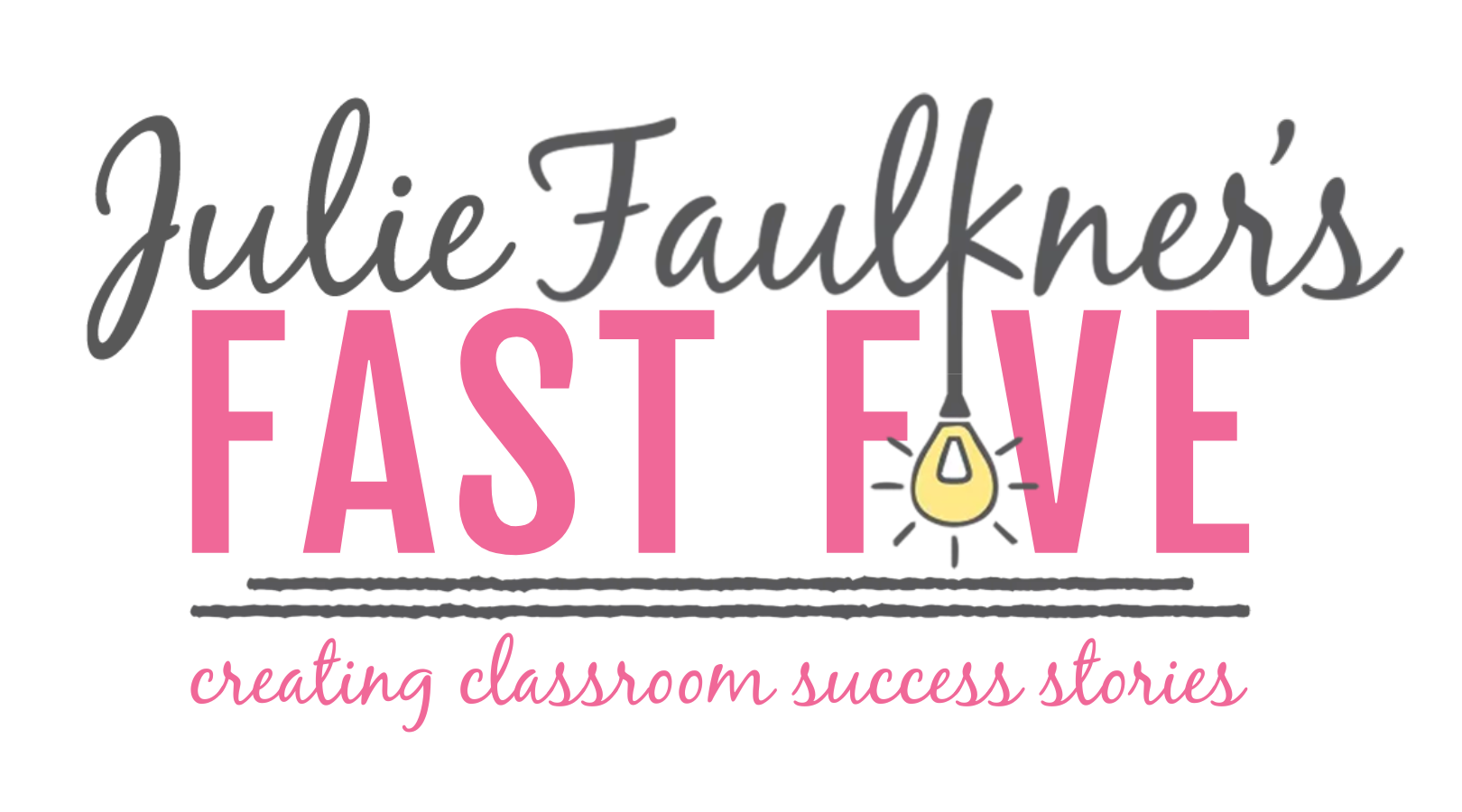
Love this content?
Sign up for my email newsletter with more tips, ideas, success stories, and freebies!


